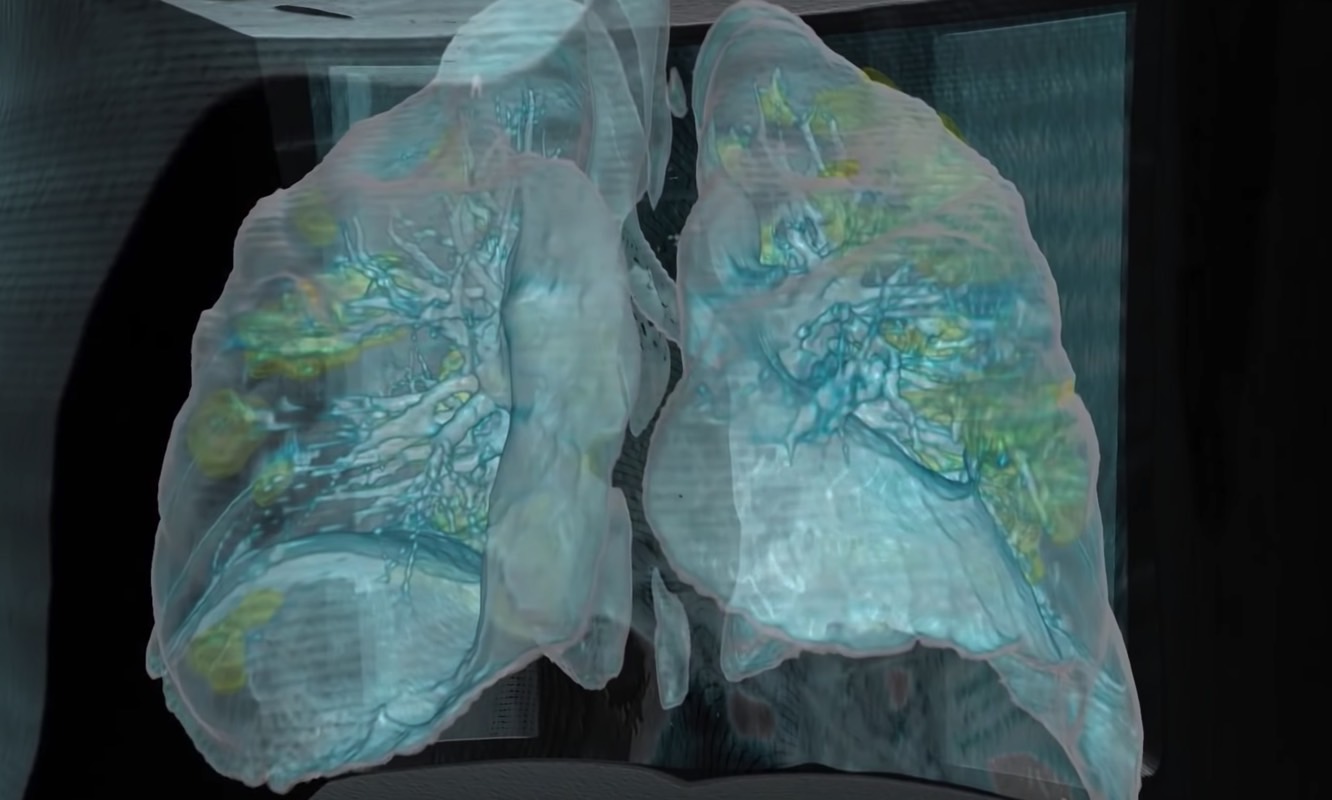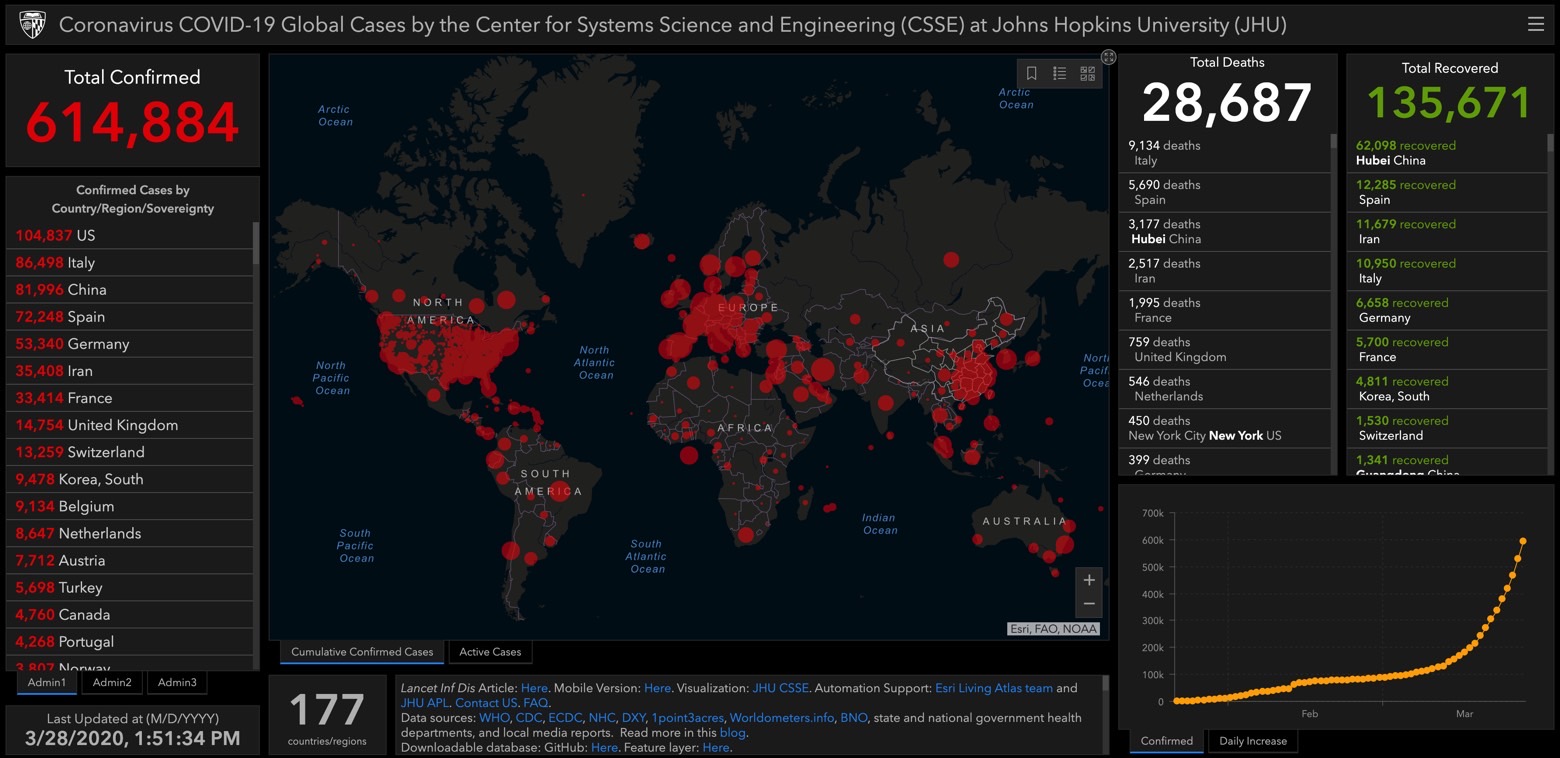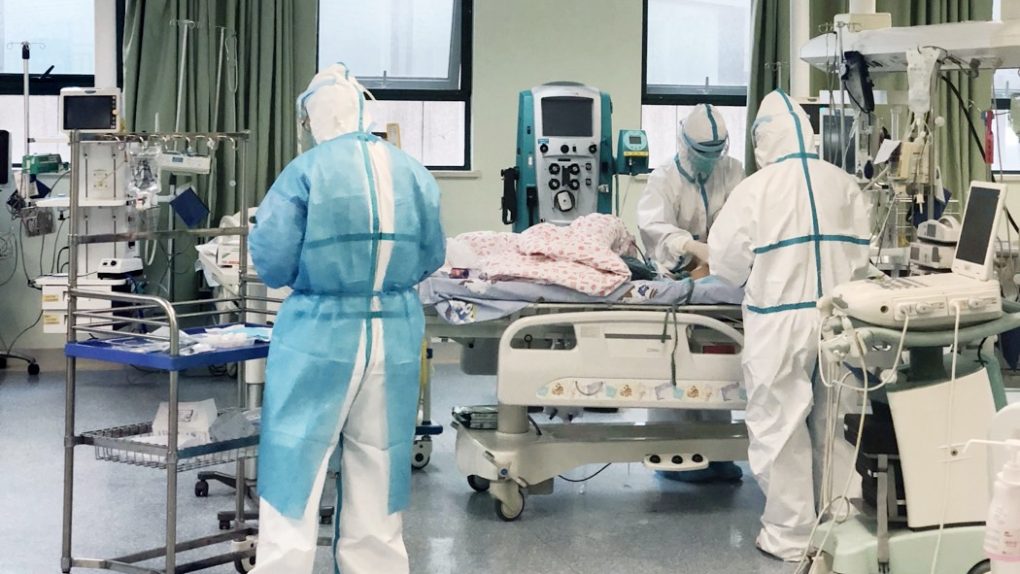- A new video shows exactly how the novel coronavirus attacks the lungs in people infected with COVID-19, and how it can eventually kill the host.
- 3D CT imagery usually used ahead of cancer surgeries has been applied to study lung inflammation in COVID-19 patients.
- This video is the closest look we’ve had so far at the coronavirus symptoms, and it is helping doctors better understand why the infection could lead to life-threatening respiratory failure.
- Visit BGR’s homepage for more stories.
More than 500,000 people were infected with novel coronavirus just a few short days ago, and we’re now at almost 615,000 cases. At the time of this writing, the US has the most cases with 104,000 COVID-19 infections, while Italy has the most fatalities at over 9,100 deaths. The novel coronavirus may start with symptoms like the flu, but it’s a lot more contagious and a lot more dangerous. The only way to slow the spread of the disease is through strict social distancing and hygiene. By staying indoors and washing hands and surfaces often, you’re buying the healthcare system the time to come up with effective COVID-19 therapies and to work on vaccine development. Because out there, nobody is safe and SARS-CoV-2 can jump with ease from person to person. Once inside the body, there are some telltale early symptoms to look out for, but they don’t always present themselves. Or you may be asymptomatic yet still be able to infect others.
Most people will survive the pandemic, but the elderly and those with preexisting medical problems will have a tough time fighting for their lives. And then there will be heartbreaking exceptions to these rules, including people who are otherwise in perfect health, as well as teens and young adults who should have had the best chance of recovery. The video below shows exactly how the virus kills a person once it has nested in the lungs.
The tiny SARS-CoV-2 virus can survive for days on certain surfaces, and once it reaches your mouth, nose or eyes, it starts replicating. The region where the virus thrives is the lungs, and that’s where the biggest battle between the immune system and COVID-19 is fought. This explains all the common symptoms you might encounter, including a sore throat, coughing, fever, fatigue, and trouble breathing. It’s your body telling you that it’s fighting an infection, although you have no idea what’s really happening at the cellular level or how the increasing armies of white blood cells are fighting the potentially deadly virus.
The same confrontation occurs even if you’re not experiencing any symptoms, or if they’re mild and don’t really bother you. The virus still reaches the lungs, where it starts attacking the cells that help you breathe.
The 3D video above from George Washington University Hospital shows precisely how bad things can get even in patients who were generally feeling well before being admitted to the hospital. This CT imaging technique is used in cancer patients as doctors plan surgeries, but the technology has been adapted to help fight the novel coronavirus.
The areas in yellow show the COVID-19 infection. These are inflamed parts of the lungs and they’re everywhere in this example. A healthy person will show no signs of lung inflammation, therefore no yellow areas. That’s where the body is trying to block the infection. As the video shows, the SARS-CoV-2 virus goes everywhere inside the lung, which explains the breathing issues that appear in some COVID-19 patients, as well as the coughing.

“This is not a 70, 80-year-old immunosuppressed, diabetic patient,” chief of thoracic surgery Dr. Keith Mortman told CNN. “Other than high blood pressure, he has no other significant medical issues. This is a guy who’s minding his own business and gets it … If we were to repeat the 360VR images now, that is one week later, there is a chance that the infection and inflammatory process could be worse.”
The man had no symptoms before arriving at the hospital, but now he’s seriously ill, requiring two different machines to keep him alive. One is the ventilator that you’ve heard politicians squabbling about on the news. It’s a device pushing oxygen into the lungs to help a patient breathe. However, that alone isn’t enough to get the job done. A secondary device called ECMO (extracorporeal membrane oxygenation) machine circulates the blood to scrub the carbon dioxide and replace it with the oxygen. It’s like an external lung. But these machines can compensate for the respiratory failure of a coronavirus patient and keep them alive only for so long. In some cases, the damage might be irreversible.
“For these patients who essentially present in progressive respiratory failure, the damage to the lungs is rapid and widespread (as evidenced in the VR video),” Mortman said. “Unfortunately, once damaged to this degree, the lungs can take a long time to heal. For approximately 2-4% (depending on which numbers you believe) of patients with COVID-19, the damage is irreversible, and they will succumb to the disease.”

This patient was in critical condition at the time the video was released earlier this week, but he may recover. Even so, it’s unclear how long-lasting the damage to the lung tissue might be once the COVID-19 virus is gone from the system.
“A lot of us, we are walking in the dark with this,” Mortman said. “So we want to understand it as best we can. This was our first patient, but I am sure he is the first of what will likely become many in the coming weeks.”








